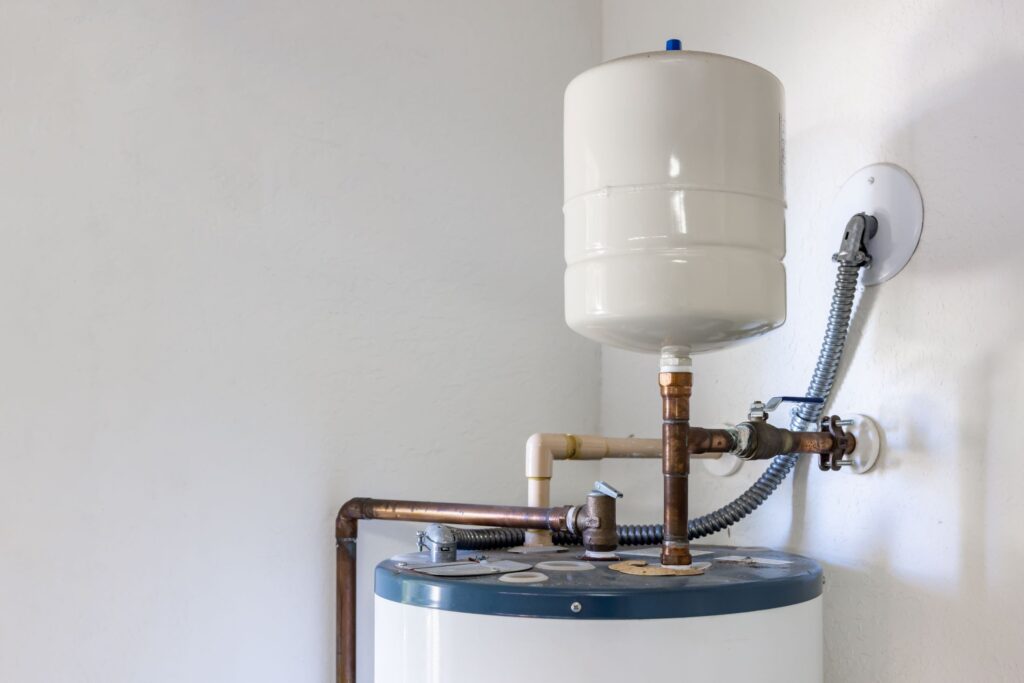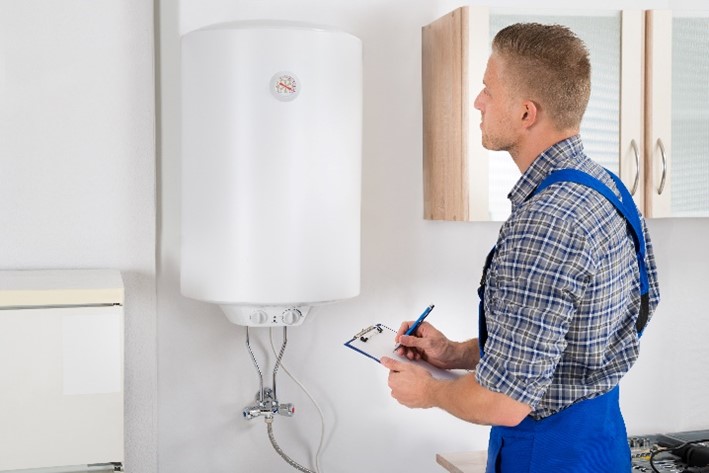Best Practices for Caring for Your Home's Hot Water SystemMaintaining Your Home's Hot Water System: Key TipsBest Methods to Care for Your Home's Hot Water System Successfully
Best Practices for Caring for Your Home's Hot Water SystemMaintaining Your Home's Hot Water System: Key TipsBest Methods to Care for Your Home's Hot Water System Successfully
Blog Article
What're your thoughts and feelings on What Kind of Maintenance Do Water Heaters Need??

Warm water is vital for day-to-day comfort, whether it's for a rejuvenating shower or cleaning recipes. To ensure your warm water system runs efficiently and lasts longer, normal maintenance is crucial. This article offers functional ideas and understandings on exactly how to preserve your home's warm water system to stay clear of interruptions and expensive fixings.
Introduction
Preserving your home's warm water system could seem complicated, yet with a couple of straightforward actions, you can guarantee it operates smoothly for years to find. This guide covers whatever from understanding your hot water system to DIY maintenance ideas and knowing when to employ expert assistance.
Value of Keeping Your Hot Water System
Routine upkeep not just expands the lifespan of your hot water system but likewise guarantees it runs successfully. Neglecting upkeep can bring about lowered performance, greater energy expenses, and even premature failure of the system.
Signs Your Warm Water System Demands Upkeep
Recognizing when your warm water system requires interest can protect against major issues. Watch out for indicators such as irregular water temperature level, strange noises from the heater, or rusty water.
Flushing the Hot Water Heater
Flushing your hot water heater gets rid of debris build-up, boosting effectiveness and extending its life.
Checking and Replacing Anode Rods
Anode poles protect against corrosion inside the container. Inspecting and replacing them when worn out is crucial.
Complex Issues Requiring Expert Assistance
Examples consist of major leaks, electric issues, or if your hot water heater is consistently underperforming.
Routine Professional Upkeep Advantages
Specialist upkeep can consist of complete evaluations, tune-ups, and guaranteeing compliance with security standards.
Evaluating and Changing Temperature Level Setups
Readjusting the temperature level settings makes certain optimum performance and safety and security.
DIY Tips for Maintenance
You can execute numerous upkeep jobs on your own to keep your warm water system in top problem.
Looking for Leaks
Frequently check pipelines and connections for leakages, as these can cause water damage and greater costs.
Comprehending Your Warm Water System
Before diving right into upkeep tasks, it's valuable to recognize the basic parts of your warm water system. Usually, this consists of the water heater itself, pipes, anode rods, and temperature level controls.
Month-to-month Maintenance Tasks
Routine month-to-month checks can aid catch minor issues before they rise.
Testing Pressure Relief Valves
Checking the stress relief valve ensures it works appropriately and avoids excessive stress accumulation.
Insulating Pipes
Protecting hot water pipelines reduces heat loss and can save energy.
When to Call an Expert
While do it yourself maintenance is beneficial, some issues call for professional knowledge.
Final thought
Regular upkeep of your home's warm water system is essential for efficiency, durability, and expense savings. By adhering to these tips and knowing when to seek professional aid, you can ensure a reputable supply of hot water without unanticipated disturbances.
Water Heater Maintenance Tips
Test the TPR Valve
Shut off the power and the cold-water supply valve. Place a bucket under the pipe connected to the temperature-pressure-release (TPR) valve on the top or side of the tank. (This valve opens if the tank pressure gets too high.) Lift the valve’s tab to let some water out, then let go. If water keeps flowing, drain the tank partway, unscrew the old valve with a pipe wrench, and install a new one. Check the Anode Rod
Put a hose to the tank’s drain cock and let out a few gallons of water. Now fit a 1 1/16-inch socket onto the rod’s hex head on top of the heater (or under its top plate) and unscrew the rod. If it’s less than ½ inch thick or coated with calcium, buy a new one, wrap its threads with Teflon tape, put it back in the tank, and tighten securely. Use this segmented rod if headroom above the tank is limited. Drain the Tank and Wash Out Sediment
Drain the remaining water in the tank into the bucket, then stir up the sediment on the tank’s bottom by briefly opening the cold-water supply valve. Drain and repeat until clean water comes out of the hose. Close the drain cock, refill the tank, and turn its power back on. Adjust the Temperature
Find the temperature dial on the side of the tank and unscrew its cover. Adjust the dial to 120 degrees using a flathead screwdriver. For every 10 degrees the temperature is lowered, you can expect to save up to 5 percent in energy costs. Turn the water heater off or the thermostat down to its lowest setting if you plan to be away from home for more than three days. Insulate the Pipes
Buy some self-sticking 3/8-inch-thick foam pipe insulation that matches the pipes’ diameter. Slide the foam over the hot-and cold-water pipes as far as you can reach. Insulating the cold-water pipe prevents condensation in summer. Peel the tape and squeeze the insulation closed. If the pipe is 6 inches or less from the flue, cover it with 1-inch-thick unfaced fiberglass pipe wrap. https://www.thisoldhouse.com/plumbing/21016402/how-to-maintain-a-water-heater

I ran across that content about What Kind of Maintenance Do Water Heaters Need? when doing a search on the web. Are you aware of another person who is occupied with the subject? Why not share it. Thank you for taking the time to read it.
Call Today Report this page